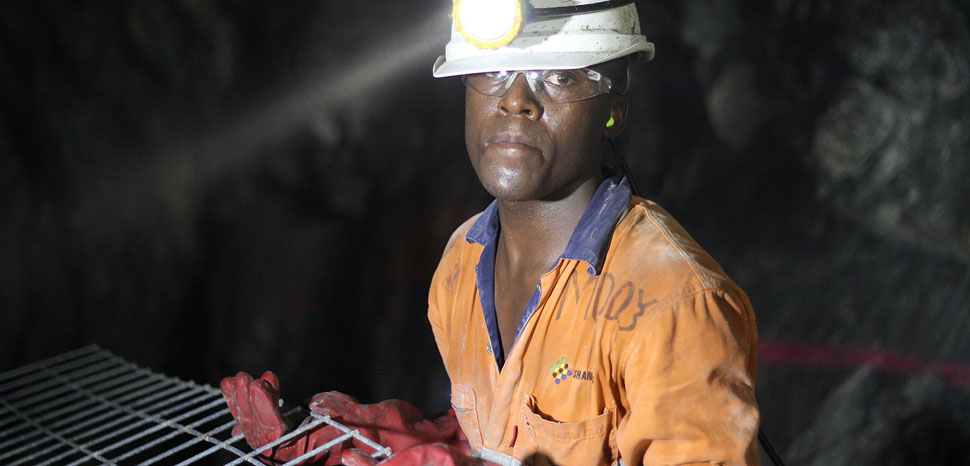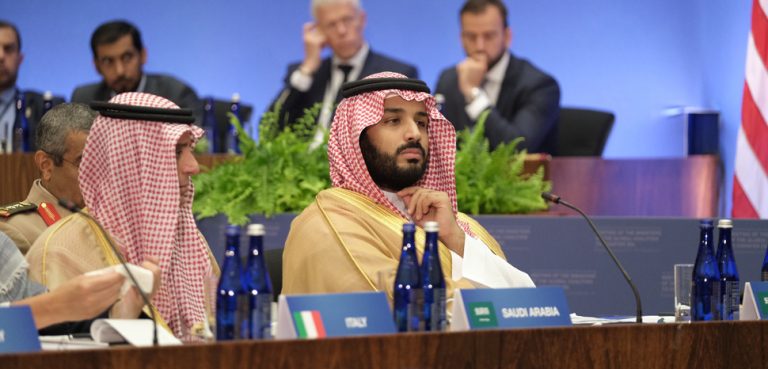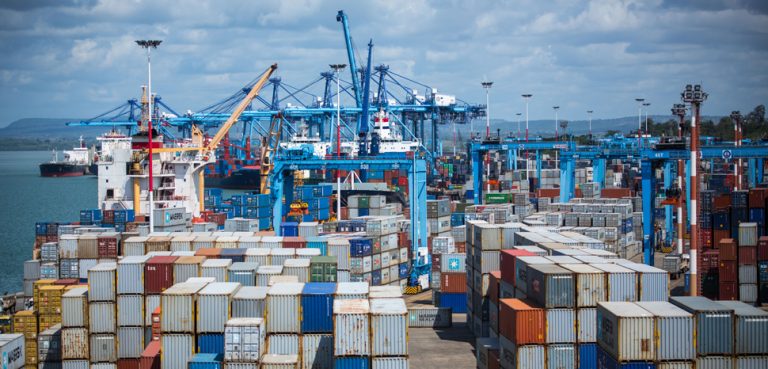The driver of the cryptocurrency revolution, blockchain, looks set to address one of the biggest ethical headaches for tech and electronics manufacturers – concerns over the possible presence of so-called conflict minerals in their products.
Yet as companies look to clean up their supply chains, over-reliance on distributed ledger technology carries significant risks, potentially masking shortcomings in their due diligence efforts.
Blockchain-based supply chain monitoring is being promoted as a means of helping companies using ‘3TG minerals’ (tin, tungsten, tantalum and gold) to verify that they have not been sourced from mines linked to conflict or human rights abuses. According to an article in Bloomberg Businessweek earlier this year, dozens of firms, from startups to big public companies, are using blockchain to track 3TGs and other commodities. While a potentially useful addition to the due diligence toolkit, it is, however, vulnerable to misuse by bad actors in the ‘first mile’ stage of the supply chain.
In recent years companies using 3TGs in the manufacture of a whole range of electronic products, from smart phones, laptops to televisions, have come under regulatory and consumer pressure to ensure that these minerals are conflict-free – reminiscent of calls for robust oversight of the provenance of diamonds following probes into their exploitation by various factions in civil wars in western and central Africa two decades earlier.
US-listed companies that purchase 3TGs from artisanal mines in the war-ravaged, mineral-rich Democratic Republic of Congo (DRC) and neighboring countries have been required by the Securities and Exchange Commission (SEC) to file an annual report setting out whether the tin, tungsten, tantalum and gold they have imported are linked to armed groups or potential human rights abuses.
A US court in 2017 ruled that the disclosure requirement violates the First Amendment, prompting the SEC not to recommend enforcement action for non-compliance. Yet many companies have continued to comply, probably due to investor and consumer pressure – although the standards of their reporting have fallen short according to the Responsible Sourcing Network, which monitors conflict mineral report submissions.
It is unclear why the quality of the tracing and auditing of minerals in these reports is apparently lacking, but there is little doubt that undertaking due diligence in the DRC is challenging, given the country’s volatility and the prevalence of corruption. Certification and traceability schemes have emerged in recent years affording companies more certainty about the source of 3TGs. And this, in tandem with blockchain-based supply chain monitoring, could considerably reduce exposure to conflict and corrupt activity.
With a European Union law similar to the SEC due diligence requirement expected to come into force in 2021, more and more companies are sourcing minerals from mines certified as having no connection to militant groups or human rights abuses. They are also working with third parties to track their progress along supply chains. Blockchain-type ledgers would further enable them to record each stage of the chain, confirming, for instance, that a bag of tin ore tagged, weighed and time-stamped at the mine of origin is the exact same bag arriving at the point of export.
In effect, blockchain technology is providing a step toward unalterable proof of the conflict-free status of a consignment of minerals sourced from a certified mine or tracked by a traceability scheme. But the problem with all of this is that in both cases the 3TG consignments documented as originating from a validated source may have in fact been extracted in an environment where human rights abuses are occurring or contaminated with minerals of dubious provenance.
An NGO monitoring DRC mines, the Belgium-based International Peace Information Service, acknowledges that significant steps have been taken by the Kinshasa government and international programs to extend certification and traceability scheme coverage across the east of the country where most 3TGs are extracted. Yet it points out in a recent report that abuses, such as child labor, illegal taxation by state services, and army interference, “still occur in mines and mining zones which are covered by responsible sourcing programs.”
In addition, an IPIS research officer, Alexandre Jaillon, told Alaco that even with verified extraction sites there are fraud risks, which might take the form of minerals bagged and tagged as conflict-free being contaminated with minerals smuggled from uncertified mines or falsely tagged as coming from certified mines. A 2016 report by the Washington-based NGO the Enough Project spoke of “a common practice of moving minerals from non-validated mines to validated ‘green’ mines for tagging, and a black market for tags, which are smuggled and attached to noncertified minerals.”
More recently, a report by UN monitors in DRC underlined these concerns. It said that they had documented cases of smuggling of tin, tantalum and tungsten involving criminal networks as well as specific instances in which Congolese government officials were involved in the diversion of minerals. “The smuggling of minerals represents a clear threat to the effectiveness of existing due diligence mechanisms,” the report warned.
These first mile problems highlight the vulnerabilities of certification and traceability schemes which distributed ledger technology can do little to mitigate. If the information registered on the blockchain at the outset is incorrect or fraudulent, then its utility as a tracking tool falls apart. Indeed, in such circumstances, blockchain can inadvertently provide an unwarranted validation of a consignment of minerals. That undercuts the argument for regulated mines and traceability schemes to be closely monitored to ensure that they maintain the highest due diligence standards.
Blockchain clearly has a role in supporting supply chain transparency but it is not the catch-all solution. Companies using such technology to guard against conflict minerals entering their supply chains must be alive to the evident first mile problems. Some, like Jaillon of IPIS, argue that there should be greater investment in the infrastructure, local development, and governance of validated mine sites in order to prevent fraud and other abuses. That would certainly help, but companies should also try to reduce, or at least be more aware of, the risks.
Yigal Chazan is the head of content at Alaco, a London-based business intelligence consultancy.
The views expressed in this article are those of the authors alone and do not necessarily reflect those of Geopoliticalmonitor.com or any institutions with which the authors are associated.




